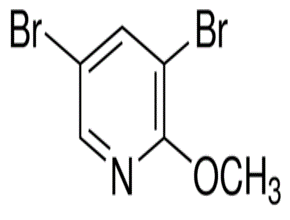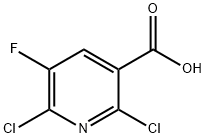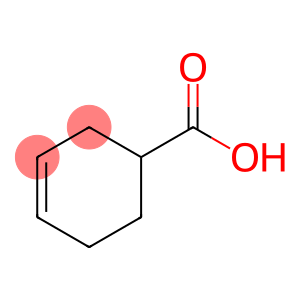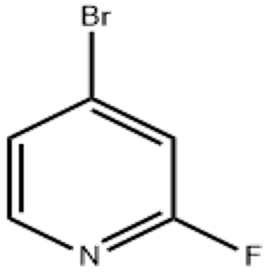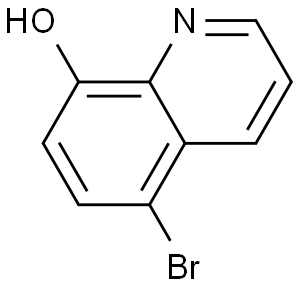2-METHOXY-3 5-DIBROMO-PYRIDINE (CAS# 13472-60-1)
Risk and Safety
| Risk Codes | R36/37/38 – Irritating to eyes, respiratory system and skin. R41 – Risk of serious damage to eyes R22 – Harmful if swallowed |
| Safety Description | S26 – In case of contact with eyes, rinse immediately with plenty of water and seek medical advice. S36 – Wear suitable protective clothing. S45 – In case of accident or if you feel unwell, seek medical advice immediately (show the label whenever possible.) |
| UN IDs | UN 2811 |
| WGK Germany | 1 |
| Hazard Note | Harmful |
Introduction
The method for producing 3,5-dibromo-2-methoxypyridine is usually obtained by reacting 3,5-dibromopyridine with methanol. The reaction conditions may be carried out under an inert atmosphere at an appropriate temperature and reaction time.
Regarding safety information, 3,5-dibromo-2-methoxypyridine is a hazardous substance. It may cause irritation and corrosion to the human body, and may be harmful to the environment. During use and handling, appropriate safety measures must be taken, such as wearing protective gloves, goggles and protective clothing, ensuring good ventilation, and avoiding contact with skin and eyes. In addition, proper storage and disposal methods need to be ensured to prevent accidents and contamination. Before use, it is best to refer to the safety data sheet of the chemical for more detailed safety information.


